What Is Permaculture?
And why you should care.
If you delve into the world of gardening much at all, you’ll soon encounter the term “permaculture.” But what does it mean? Once you truly understand permaculture, it’ll change the way you think about preparedness.
The word permaculture is a portmanteau of “permanent” and “agriculture,” which leads to a lot of misunderstandings. Many people assume it’s a gardening method that focuses on long-lived perennial plants over annuals that have to be replanted every season. Or that permaculture is a fancy term for “tree farming.” Both assumptions are rooted in truth but ultimately miss the point.
If you read up any given book on permaculture, chances are you’ll finish it and still not know what it means. Permaculture authors go on about things like ethics, herb spirals, swales, and weird trees you’ve never heard of, but do a poor job of defining just what permaculture is.
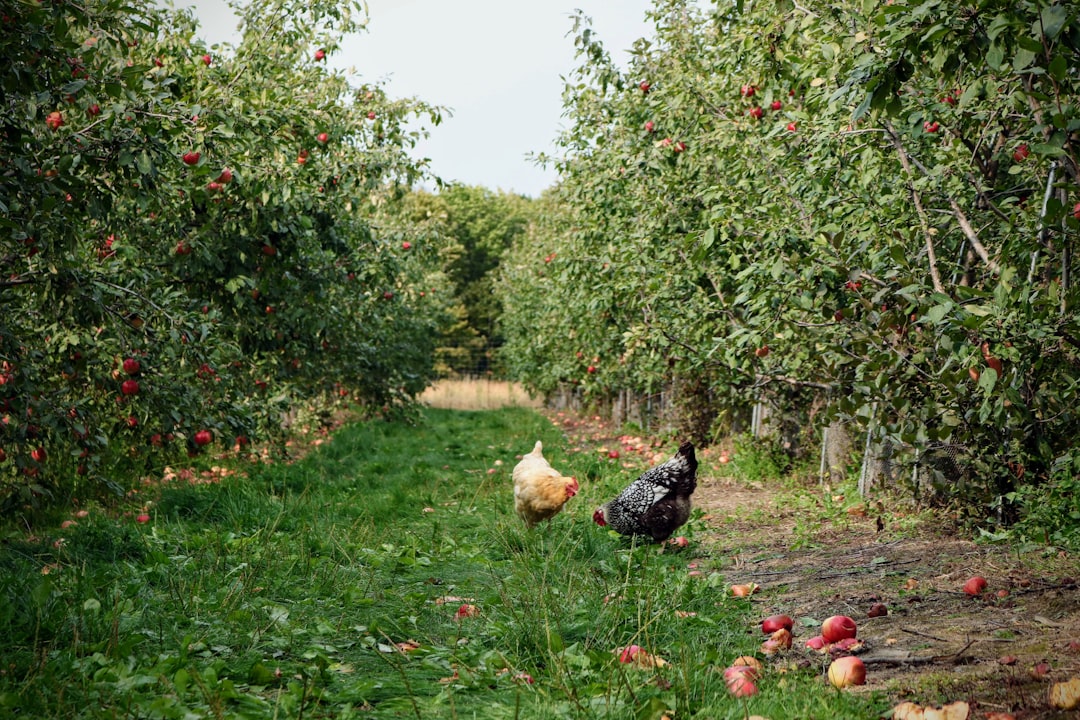
So let me clear up the confusion: permaculture is a philosophy for designing resilient and sustainable systems. Does that tickle your fancy?
Be sure to check out our other guides to self sufficiency:
Ethics of Permaculture
Permaculture is fundamentally a philosophy, and a philosophy is built on principles, but there is no single fixed set of permaculture principles, which contributes to the murkiness around the term.
Permaculture was codified by David Holmgren and the late Bill Mollison in the 1970s, but their work was based on already ancient practices like those also employed by Masanobu Fukuoka, author of The One-Straw Revolution. Many other permaculturists have contributed their own principles and guidelines to permaculture, but it all fundamentally comes back to designing resilient and sustainable systems rooted in a certain set of ethics.
Bill Mollison offered what can be called the permaculture prime directive: “The only ethical decision is to take responsibility for our own existence and that of our children.” Everything else that guides permaculture comes from that.
Even Mollison and Holmgren couldn’t completely agree on the core ethics, but there are two that all permaculturists subscribe to: care for the earth and care for people.
At first, that sounds like typical hippy-dippy woo woo, but it’s a revolutionary concept. Environmentalists have picked up a reputation for not caring much about people or even seeing the human race as a pestilence on the earth. As film critic Sonny Bunch remarked, environmentalists make great villains because they want to make your real life worse.
Bunch offered Thanos as an example, who in the Marvel movies killed half of all living beings to fix overpopulation. That may seem like an extreme example, but the late Prince Philip — an environmentalist himself — said he wanted to be reincarnated as a deadly virus to “fix” the overpopulation problem.
A hardcore environmentalist might look at a suburban neighborhood and imagine it bulldozed and turned back into a forest. But a permaculturist would look at it a different way: what if we turned that neighborhood back into a forest but kept the homes? And the forest itself could help feed and sustain the people living in that suburb?
Permaculturists ultimately seek to reshape nature to both improve the earth and make life better for everyone living on it. Some examples:
Planting fruit and nut trees that feed your family while providing habitat for wild animals and pulling carbon from the atmosphere.
Installing a small pond that acts as a water source for birds, bees, and frogs while also growing tilapia for your family.
Placing solar panels on your roof that make you more resilient to power outages and less dependent on fossil fuels.
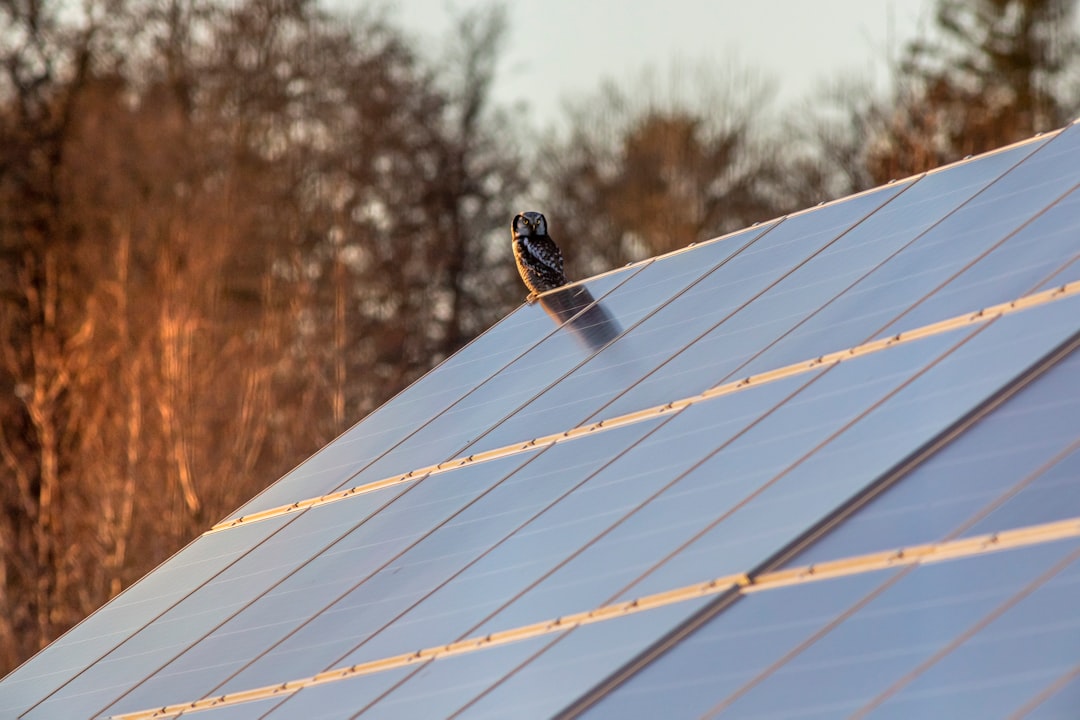
Planting trees isn’t permaculture. Digging a pond isn’t permaculture. Putting solar panels on your roof isn’t permaculture. Permaculture is the school of thought that pushes you to do those things.
Examples of Permaculture Principles
Mollison and Holmgren created 12 principles of permaculture. Other permaculturists, like Ben Falk, have published their own principles. Let’s examine a few that are especially relevant to resiliency.
Catch and store energy: This is a big one. You might think of solar panels, which are a great example. But energy doesn’t have to be energy in the purely scientific sense of heat or electricity. Examples:
Rain barrels on the side of your house that store water runoff from your gutters
Planting fast-growing trees like black locust and using them for firewood
Installing a greenhouse that absorbs solar energy to extend your growing season into the fall and winter
Saving seeds from the plants in your garden to plant the next year
You don’t think saving seeds is catching and storing energy? What about the energy to produce, package, and ship the seeds? Not to mention the energy used driving to the store to buy them or shipping them to your house.
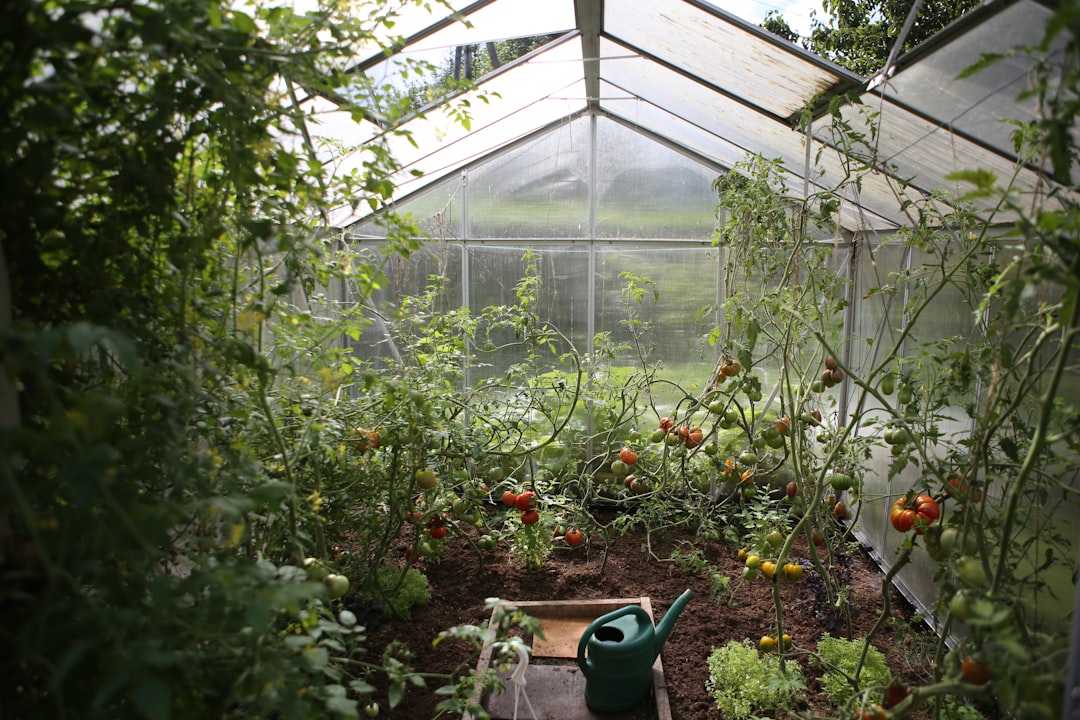
Finding ways to capture and store the natural energy already on your property will close dependency loops and make you more self-reliant.
Produce no waste: On the surface, this seems like a purely environmental doctrine, but think about the dependency loops formed by your household waste. In other words: what would you do if the trash truck stopped emptying your trash can every week? That is a big dependency loop.
A great way to reduce the amount of waste you generate is to start composting. Some try to make composting really complicated, but it’s not. You throw food, grass clippings, shredded leaves, and other organic matter on the ground, repeat until you have a pile, and let it rot. It eventually forms humus, which is a great material to fill your raised beds with. This not only reduces your waste, but it helps you capture and store energy.
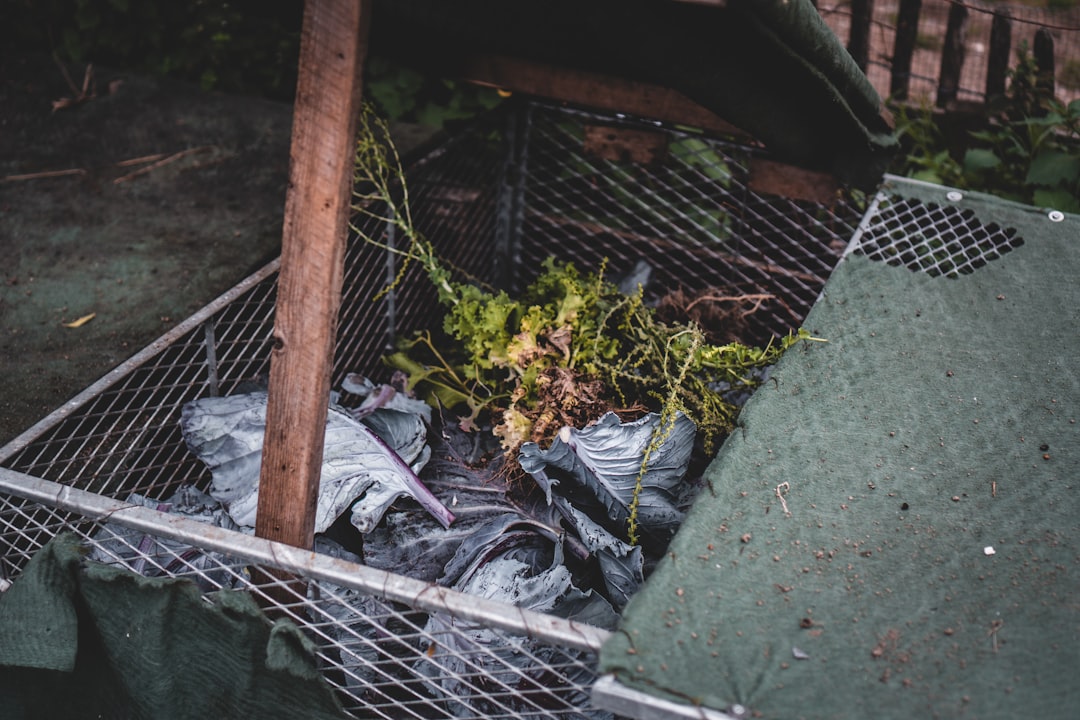
Another way is to stop using so many disposable goods, or at least switch to compostable ones. For instance, swap out paper towels for cloth ones or switch out plastic disposable plates for paper ones you can compost.
You can often reuse containers. I use old milk jugs to bring water to my rabbits and chickens. Poke a few holes in the bottom of a yogurt cup and start seeds in it. My grandma was born during the Great Depression and reused every container that passed through her house.
Thinking of ways to reduce your household waste is not only good for the planet, it contributes to your resiliency.
Integrate not segregate: Another term for this concept is function stacking. Permaculturists like to find ways to combine systems so they work together. A popular method is to keep chickens in mobile pens called chicken tractors. You leave the chickens in place until they’ve stripped the ground. You then move them, work up the ground, and plant. The weeds are gone thanks to the chickens, and the ground is well-fertilized due to the high nitrogen of chicken manure.
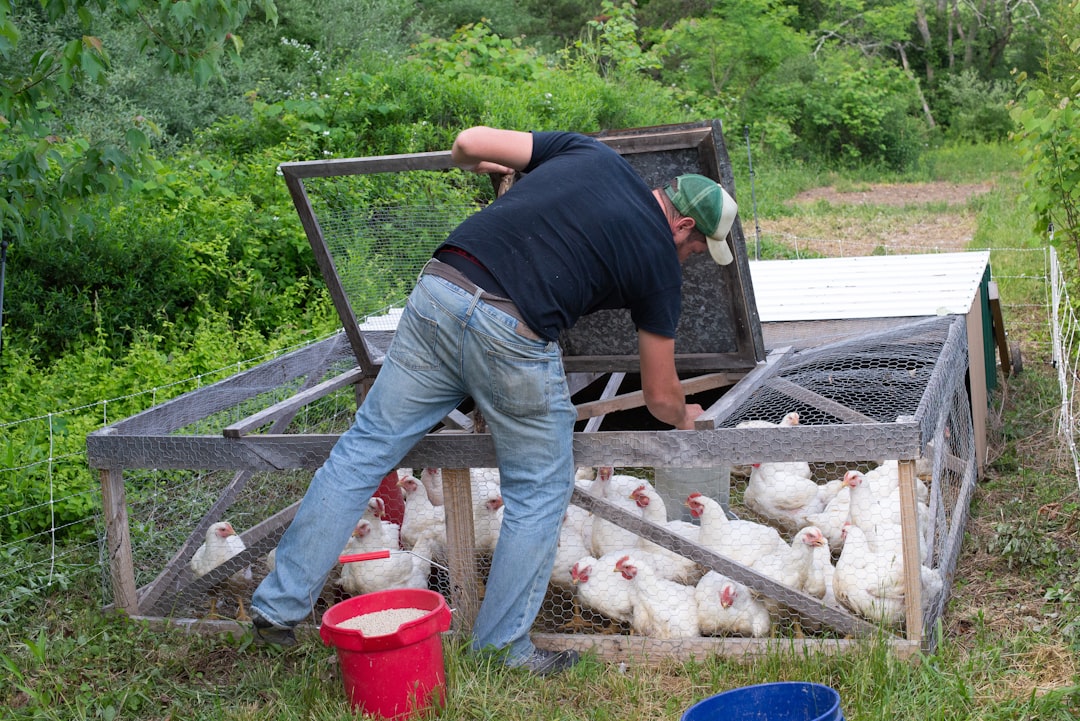
Dirtpatcheaven is the queen of function stacking. She builds raised beds out of palettes (produce no waste). She fills most of the bed with compostable materials (catching and storing energy) and puts a little potting soil on top. She lives in a very cold environment, so she builds a greenhouse over top of the beds (more catching and storing energy), and then she puts rabbit cages over top of the hotbeds.
As she raises rabbits for meat, they fertilize the beds and the greenhouse keeps them warm in the winter. As the compostable materials break down, they release heat, which is stored in the greenhouse. The nitrogen from the rabbit droppings makes the compost break down faster and release more heat. As a result, she can grow vegetables all winter despite it being freezing cold outside. All without using any electricity.
I’m not even sure if she calls herself a permaculturist, but she uses the principles to their fullest to maximize food production on her tiny farm.
Obtain a yield: There are many ways to obtain a yield, but the most obvious way is to plant food. For example, many people have flower beds around their houses full of ornamental plants. But what if you replaced those with plants that grow food instead? I planted a few raspberries in the front of my house a couple of years ago. This year, they’ve taken off, to the point that they’re taking over the raised beds in front of my house. As Bob Ross would say, happy little accidents.
I’m constantly seeking out new things to plant, ideally perennials that will be around for a few years. But they have to serve some sort of function, whether that’s food, medicine, building materials, or acting as an insect repellant. Some plants act as what are called dynamic accumulators, which means they draw in nutrients from the soil and air and can be chopped down for fertilizer.
A classic dynamic accumulator is comfrey, which is a powerful herbal medicine and a nitrogen-fixer that nourishes the soil. You can plan comfrey around a tree and regularly chop it down to feed the soil. Comfrey will keep growing back from the roots as it’s nearly impossible to kill. When plants are put close together in a beneficial pattern, it’s called a guild.
How to Learn More about Permaculture
We’ll cover many more permaculture topics in Unprepared. This is a mere introduction. If you want to learn more in the meantime, here are some recommended resources:
Gaia’s Garden: The late Toby Hemenway wrote what is often considered the most beginner-friendly introduction to permaculture. Do yourself a favor and get a physical copy because the book is chock full of photos and tables that don’t translate well to an E Ink screen.
Another piece of advice: Hemenway will throw a lot of techniques at you early on, like herb spirals and keyhole gardens. Don’t fixate on these because the point is to use them to teach permaculture concepts. Both are really good ways of demonstrating system design, but won’t necessarily make sense in your landscape.
Two of the most important permaculture principles are observing and interacting and making slow, small changes. It’s good to have a toolbox of techniques, but you need to study your landscape to figure out what makes sense where. Don’t just decide that you need an herb spiral or a swale and cram it in somewhere. Study the land, identify problems to solve, and then decide if a certain technique is a solution.
Hemenway’s website has a great free PDF of the most valuable plants for a small yard. Collect them all!
The Resilient Farm and Homestead: I’ve written about this book many times because it’s one of my favorites. It’s the first permaculture book that really “clicked” for me. While most permaculturists are plant geeks who approach the topic from a naturalist perspective, Ben Falk made me see how permaculture is essential for preparedness and helped me realize that we can help replenish the earth while also making ourselves more resilient.
Like Gaia’s Garden, you should get a hard copy of this book since it has so many illustrations and tables.
Jack Spirko’s Permaculture as a Design Science series: Podcaster Jack Spirko recently recorded a six-part series on permaculture called Permaculture as a Design Science. Like Falk, Spirko approaches permaculture from a preparedness perspective, and he puts things into plain terms that are easy to understand.
The series is a time investment, but one that I think is well worth it. I’ve listened to it all once and plan to do so again. The highlight of the series is part 5, in which he lays out permaculture techniques for small properties, but you’ll want to watch the preceding entries so you fully understand the principles.
A Pattern Language: This is not strictly a permaculture book, nor is it a prepping book, but it’s a great book to get you thinking about designing a landscape. It’s split up by topic, so if you want advice on where to put a garden or a greenhouse, you can flip right to it.


